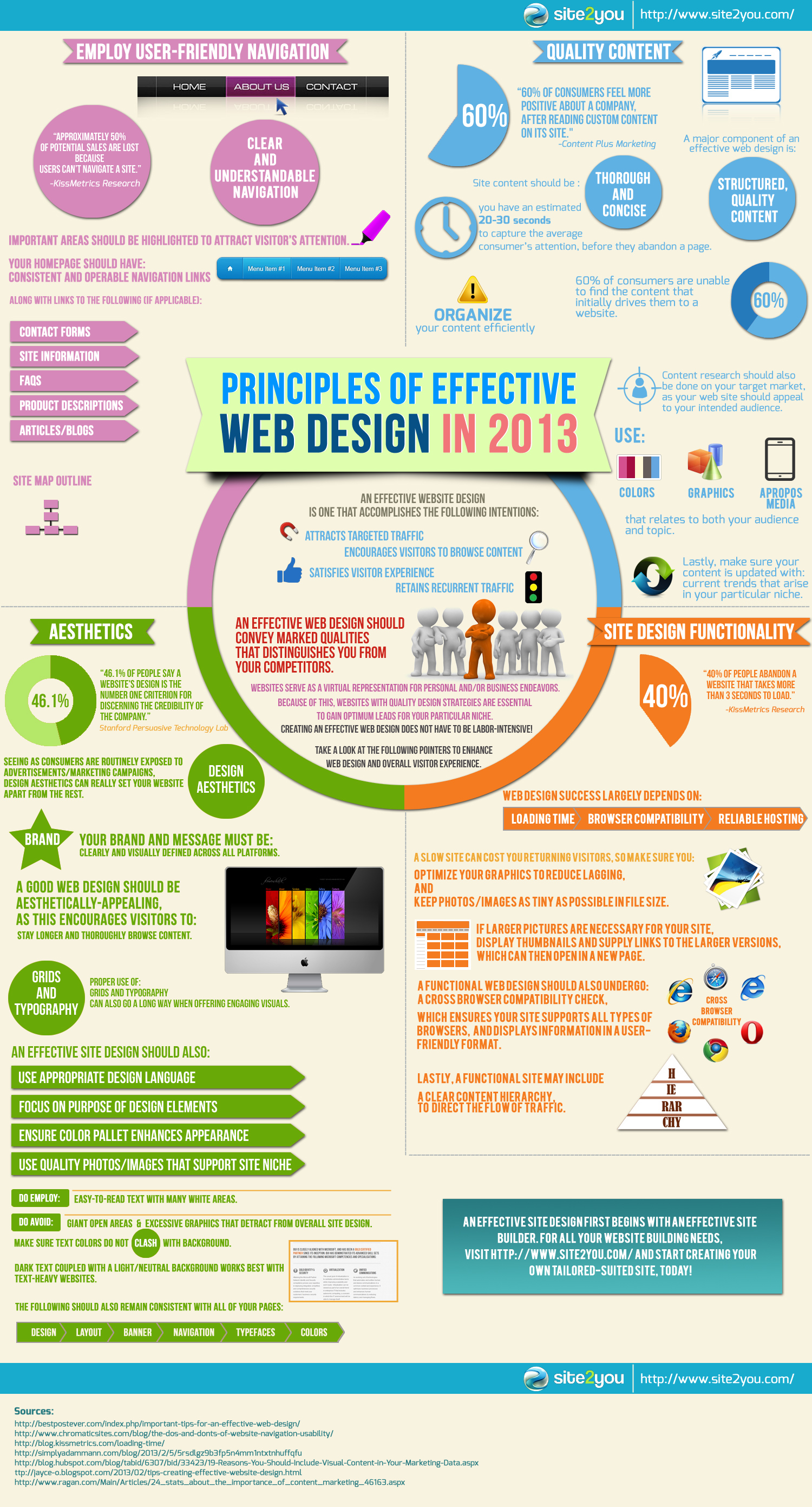Critical Web Site Design Insights: Referrals For Constructing An Instinctive User Interface
Critical Web Site Design Insights: Referrals For Constructing An Instinctive User Interface
Blog Article
Posted By-McKnight Thrane
When it comes to internet site layout, making sure user-friendliness is vital. From responsive design to streamlined navigation, every element plays an essential duty in creating a site that satisfies your target market's needs. Yet what concerning the finer details that can make or break an individual's searching experience? Keep tuned as search engine optimization website design uncover some often-overlooked pointers that can raise your site's use to the following level, making it really stick out in the digital landscape.
Relevance of Responsive Layout
Receptive design is a crucial facet of modern internet site growth. Guaranteeing your web site is receptive ways that it can adapt to various screen dimensions and gadgets, giving a seamless experience for customers.
With the boosting use of smart devices and tablet computers to access the internet, having a responsive layout is essential for getting to a broader target market. It assists in boosting user experience by making your site easy to navigate and read on any type of gadget.
In addition, receptive style can positively affect your search engine rankings, as internet search engine like Google prioritize mobile-friendly web sites. By having a receptive style, you're additionally future-proofing your site, as brand-new gadgets with differing display sizes continue to arise.
Simplify Navigation Structure
To improve user experience and assist in easy access to details on your site, improving the navigating framework is vital. When designing your website, focus on producing a clear and user-friendly navigation menu that helps site visitors locate what they're seeking quickly.
Restriction the variety of menu things to the basics, organizing relevant pages with each other to prevent frustrating customers. Use go source that clearly indicate the content of each page, making it easier for individuals to comprehend where each web link will certainly take them.
Consider carrying out dropdown food selections for subcategories to avoid jumbling the main navigation bar. Furthermore, include a search bar prominently on the web page for customers who favor searching for certain info.
Prioritize mobile responsiveness in your navigation style to guarantee simple accessibility on all tools.
Optimize Page Lots Rate
Improving web page tons rate is critical for preserving visitors on your site. Slow-loading web pages annoy users and can bring about high bounce rates. To maximize web page tons rate, start by maximizing images. Compress photos without jeopardizing quality to lower their file sizes.
Furthermore, enable browser caching to keep frequently accessed sources locally, quickening tons times for returning site visitors. Minify CSS, JavaScript, and HTML data by removing unnecessary characters, comments, and formatting, boosting lots rate.
Think about utilizing a material delivery network (CDN) to distribute your web site's material across multiple web servers worldwide, lowering latency for individuals accessing your website from various areas. Lastly, limit read the article of third-party manuscripts and plugins, as they can significantly influence lots times.
Conclusion
In conclusion, by incorporating responsive design, simplifying navigating, and maximizing web page tons rate, you can develop an easy to use internet site that appeals to a larger audience and improves individual experience. These essential elements guarantee that site visitors can quickly accessibility and navigate your website throughout different devices, resulting in raised interaction and fulfillment. By concentrating on these vital facets, you can develop a successful website that keeps individuals returning for more.
